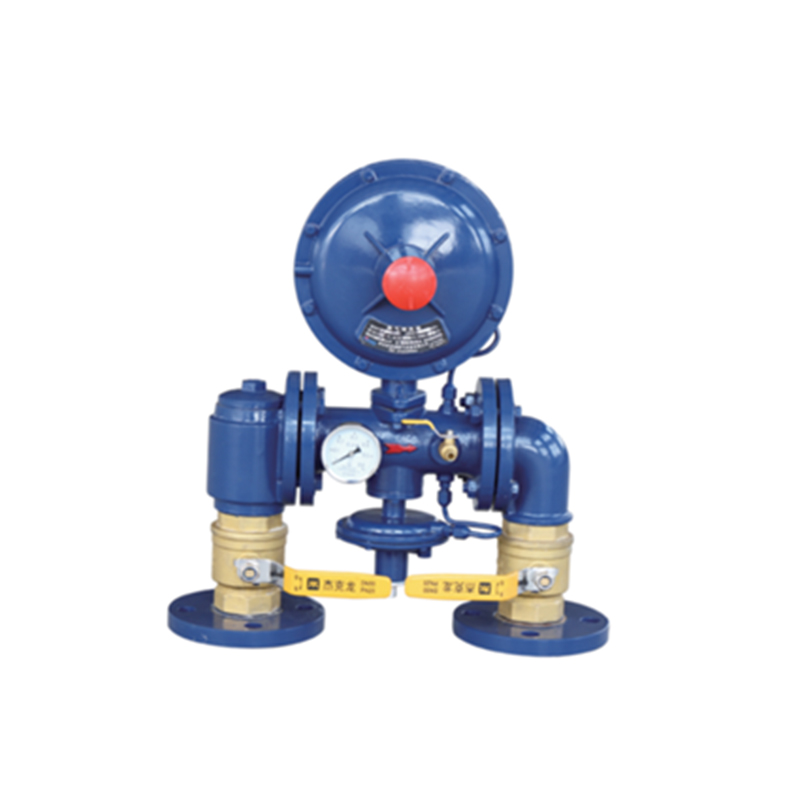
Nov . 15, 2024 11:49
Back to list
مبادل حراري للغاز
Heat Exchangers for Gases An Overview
Heat exchangers are essential devices in numerous industrial and engineering applications, facilitating the transfer of thermal energy between two or more fluids. When specifically focusing on gases, a myriad of considerations and technologies come into play. Heat exchangers for gases are utilized primarily in power generation, petrochemicals, HVAC systems, and various manufacturing processes, where efficient thermal management is crucial.
Fundamental Principles
The primary function of a heat exchanger is to maximize the surface area available for heat transfer while minimizing resistance to fluid flow. Heat is transferred from a hotter gas to a cooler one without mixing the two fluids. This transfer can occur through conduction, convection, or even radiation, depending on the operational conditions and design of the heat exchanger.
Types of Heat Exchangers
There are several types of heat exchangers that can be used specifically for gas applications
1. Shell and Tube Heat Exchanger This type consists of a series of tubes, one set carrying the hot gas and the other the cold gas. The design allows for high pressure and temperature applications while being relatively straightforward to maintain and clean.
.
3. Air-Cooled Heat Exchanger Often used in cases where water is scarce, air-cooled exchangers rely on air to dissipate heat. These systems are commonly employed in natural gas processing and compressor stations.
مبادل حراري للغاز

4. Fin-Tube Heat Exchanger By incorporating fins on the tubes where gas flows, this design enhances heat transfer rates. It is particularly beneficial for applications involving low flow rates and high temperature differentials.
Efficiency and Design Considerations
When designing a heat exchanger for gases, several factors greatly influence efficiency
- Temperature Differential The larger the temperature difference between the two gases, the higher the potential heat transfer rate. However, systems must be designed to maintain structural integrity under thermal stress.
- Flow Arrangement Whether the gases flow parallel, counter-flow, or cross-flow can significantly affect heat transfer efficiency. Counter-flow configurations generally offer the best heat exchange performance due to the continuous temperature gradient.
- Material Selection Gases can be chemically aggressive or may contain particulates that affect the exchanger's materials and longevity. Selecting appropriate materials that can withstand the chemical and thermal environment ensures operational efficiency and longevity of the heat exchanger.
- Pressure Drop Gas flow through the heat exchanger must be balanced with the desired thermal performance. A higher pressure drop can lead to increased operational costs and energy consumption. Engineers must optimize the design to minimize this aspect while maintaining effective heat transfer.
Conclusion
Heat exchangers for gases represent a critical component in modern industrial systems, ensuring efficient thermal management across various applications. By understanding the different types, operational principles, and key design considerations, engineers can develop systems that meet specific needs while maximizing efficiency and sustainability. As technology advances, the integration of innovative materials and designs promises to enhance the performance of gas heat exchangers, contributing significantly to energy conservation and process optimization in various sectors.
Next:
Latest news
-
Safety Valve Spring-Loaded Design Overpressure ProtectionNewsJul.25,2025
-
Precision Voltage Regulator AC5 Accuracy Grade PerformanceNewsJul.25,2025
-
Natural Gas Pressure Regulating Skid Industrial Pipeline ApplicationsNewsJul.25,2025
-
Natural Gas Filter Stainless Steel Mesh Element DesignNewsJul.25,2025
-
Gas Pressure Regulator Valve Direct-Acting Spring-Loaded DesignNewsJul.25,2025
-
Decompression Equipment Multi-Stage Heat Exchange System DesignNewsJul.25,2025

